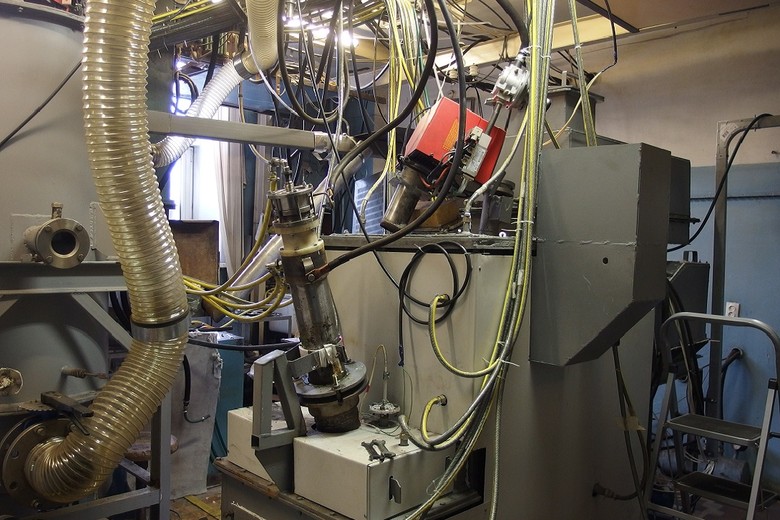February 25, 2022
Disposable masks: environmental disaster and ways to solve it
Current statistics show that people use approximately three million COVID-19 masks per minute1. After the outbreak of the pandemic, discarded disposable personal protective equipment can be found everywhere. According to Professor of chemical Engineering Sarper Sarp, during decomposition, disposable masks emit micro- and nanoparticles of plastic and heavy metals: lead, cadmium, copper and even arsenic. All this, of course, harms animals, marine life and human health.
At the same time, Sarp claims that nanoparticles of plastic, silicon and other materials are so small that they can not only cause damage, but also destroy cell walls and damage DNA.
Already, discarded disposable masks have fallen into waterways, which tells us about the potential contamination of drinking water. The general situation is worsened by the fact that disposable masks, being a plastic product, are not biodegradable.
*Biodegradation is the decomposition of a substance as a result of the vital activity of microorganisms. The end result of this process is stable, simple compounds (such as water and carbon dioxide). /Source: Scientific and Technical Encyclopedic Dictionary/
The scale of production of disposable masks today can be compared with the production of plastic bottles, that is, approximately 43 billion products per month. Assessing this value, it is worth paying attention to the fact that about 25% of the total number of plastic bottles is recycled, while there is no official guide for the recycling of masks.

Realizing the need to find a solution to the impending new environmental catastrophe, the researchers proposed installing garbage cans designed exclusively for masks. The installation of such tanks will allow sorting garbage and allocating masks into a separate category for proper disposal. At the same time, the need also acquires the development of rules for compliance with waste. Scientists also consider it important to consider the possibility of developing biodegradable masks.
New developments on the disposal of masks in Russia
Scientists from the Institute of Thermophysics in Novosibirsk have developed a method for recycling disposable medical masks with their subsequent processing into raw materials for construction using electroplasm. How does it work?
Masks are processed using a special electroplasma furnace, which operates on the basis of a plasmatron. Used disposable medical masks are lowered into the receiver of the installation, then they are subjected to plasma gasification. As a result of the whole process, synthesis gas and safe vitrified slag are obtained, which can be used in construction.
*A plasma torch is a technical device in which, when an electric current flows through a discharge gap, plasma is formed, used for processing materials or as a source of light and heat. Literally, a plasmatron means a plasma generator (producer). /Source: wikipedia.org/

Scientists believe that the scope of the resulting material includes houses, roads and facades, and the released synthesis gas can serve as an alternative type of energy.
"There are no harmful impurities in this synthesis gas, it can already be safely used in generating devices: either to get heat, or you can also synthesize methanol from it and make synthetic fuel," explained Pavel Domarov, senior researcher at the Institute of Thermophysics SB RAS.2
The developed device is capable of processing 20 kg of waste per hour, that is, about 6000 masks. In the near future, scientists will modernize the development and increase its capacity by 25 times. At the same time, it is planned to connect the furnace to self-sufficiency, so it will be able to independently generate energy and feed from it.
Subscribe to the newsletter and stay up to date with the latest news together with the Notivory Foundation team
Read more
July 31, 2024
April 12, 2024
April 5, 2024